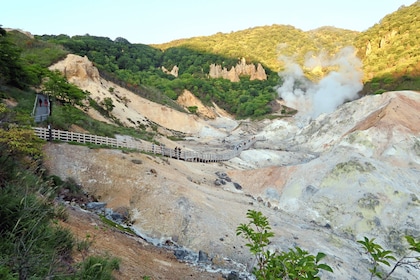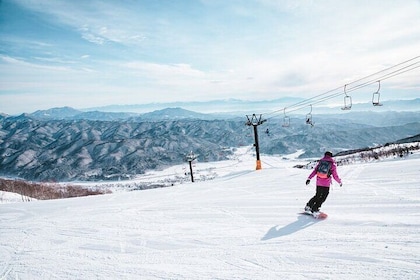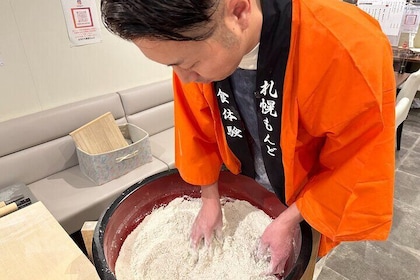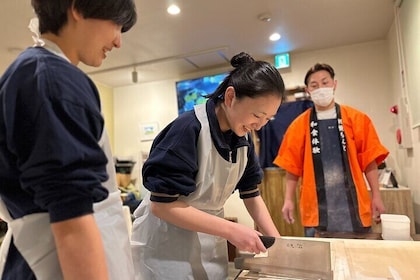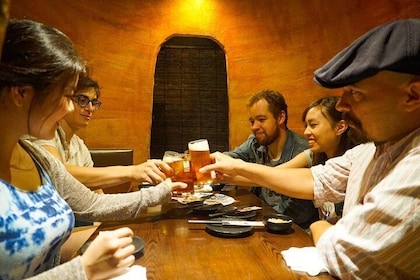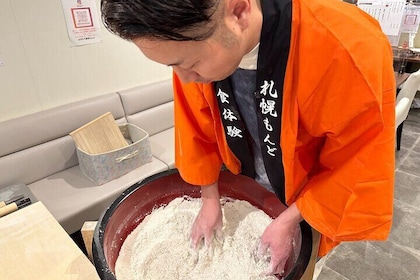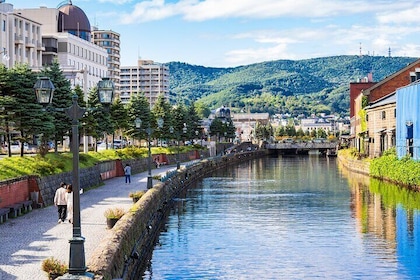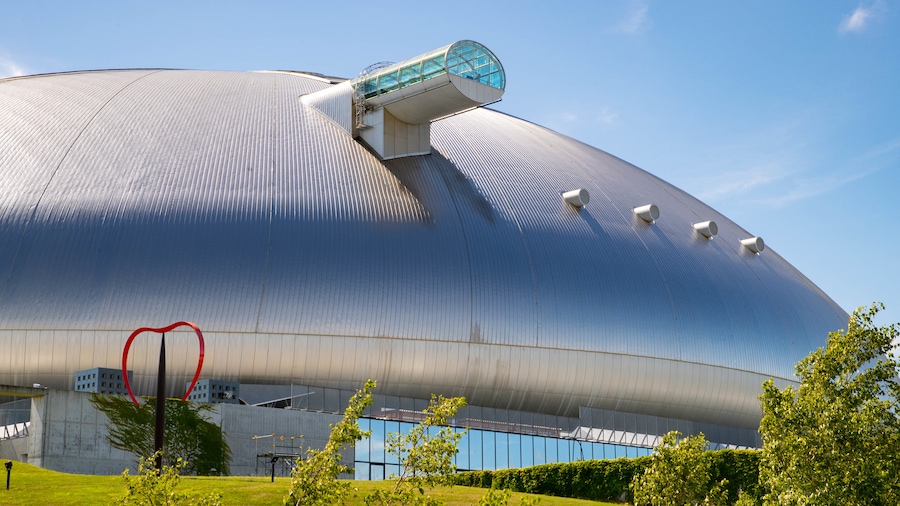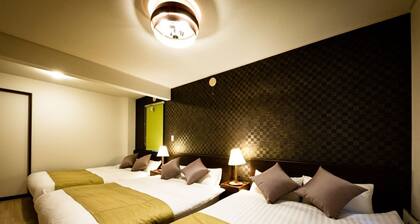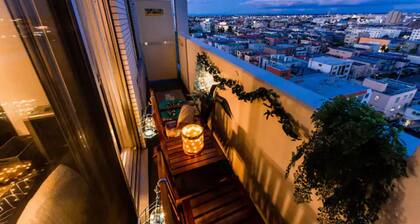The Hokkaido Museum is a celebration of all aspects of the island’s past. Elephants and mammoths once roamed the hills and valleys of the region, where the Ainu people lived a markedly different life before the arrival of ethnic Japanese in the late 19th century. Though the Ainu are now mostly assimilated or displaced, their cultural heritage is on display in this museum. Visit to gain a new understanding for the land of Hokkaido and the animals and people who once lived here.
Start the visit by examining the two full skeleton reconstructions that seem to stride proudly through the lobby, one of a Naumann elephant that came to Hokkaido from southern Japan and the other of a wooly mammoth that crossed the former land bridge from Russia. Continue on to the exhibit on Hokkaido as Part of Northeast Asia, which traces the long history of interconnection between the Ainu people, their southern neighbors and the Russians and Koreans to the west.
Continue on to the Interrelationships of Nature and Humans section, which celebrates both Hokkaido’s pre-human past and the connections between its former occupants and the natural world. In the Discovery Room, handle real fossils and learn a few words of some of the now rapidly disappearing Ainu languages.
The Hokkaido Museum is east of downtown Sapporo, a 20-minute walk or 5-minute bus ride from the nearby Shinrin Koen Station. Take a train from Sapporo’s main station to Shin-Sapporo Station in about 15 minutes then take the bus to the museum in 15 minutes. The last bus leaves after the closure of the museum. Drive from downtown Sapporo in half an hour or from Otaru in an hour.
The museum is open from Tuesday to Sunday, during regular business hours. The museum closes slightly earlier in the winter. There is an admission fee, with combination tickets available for the nearby Historic Village. Audio guides are available in several languages, including English. Note that the museum does not offer food for sale.









